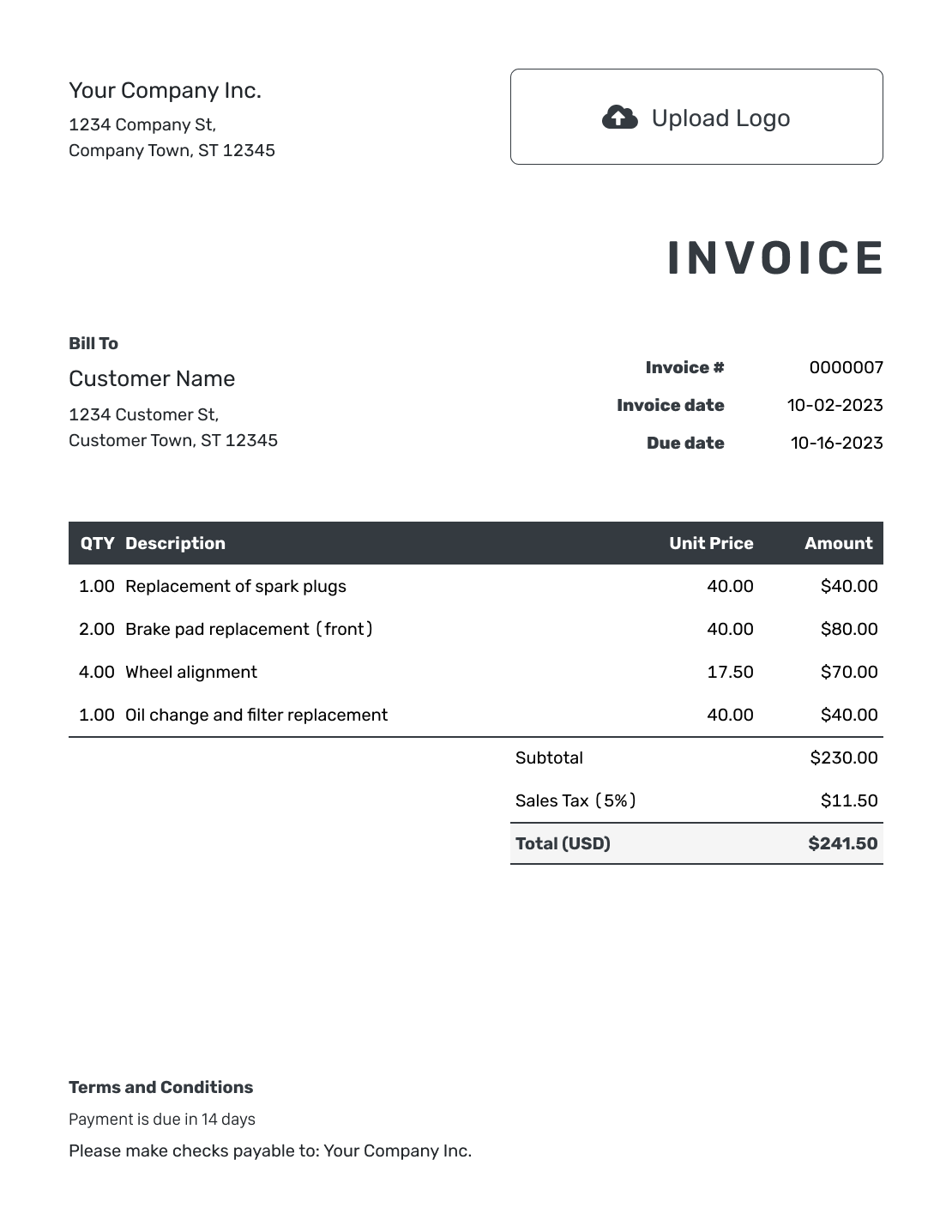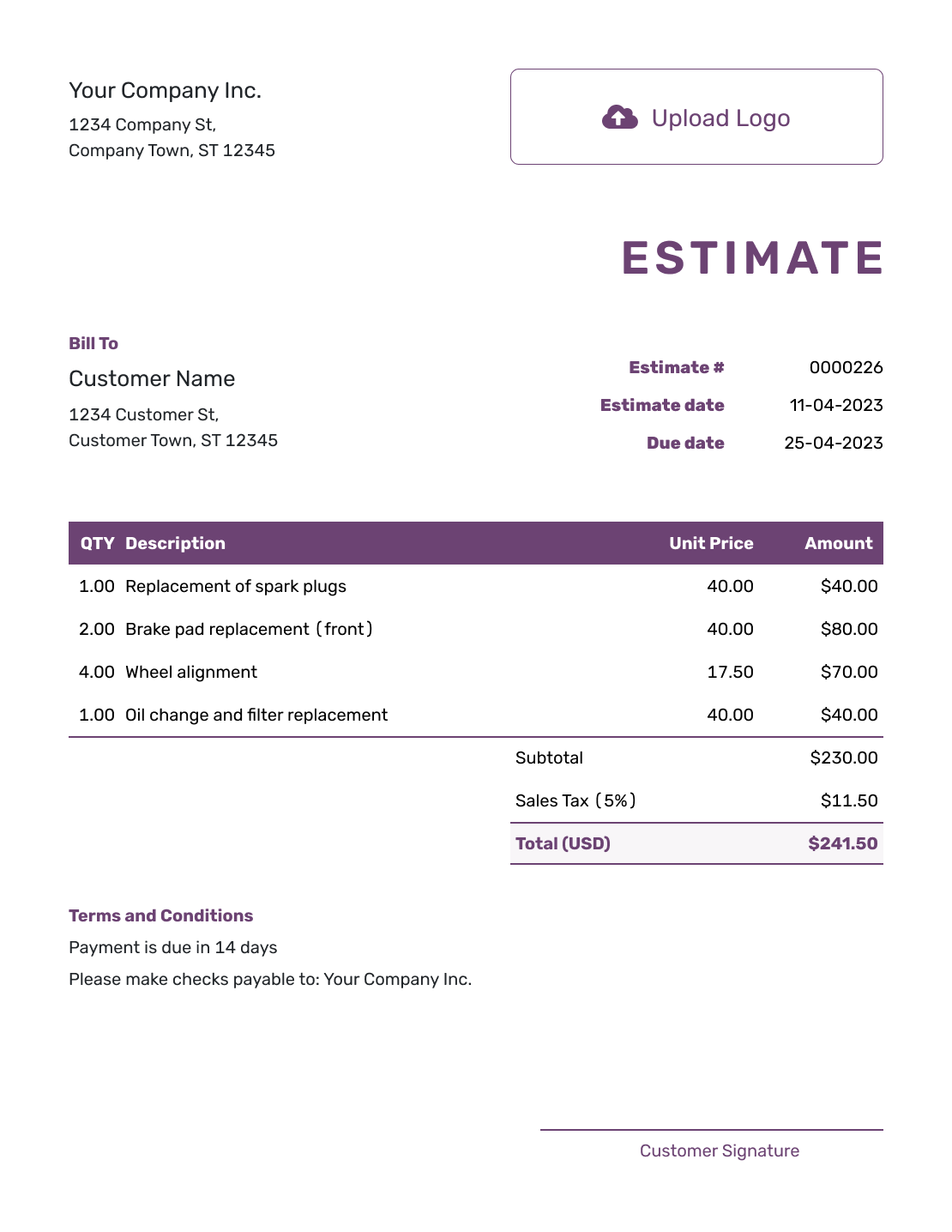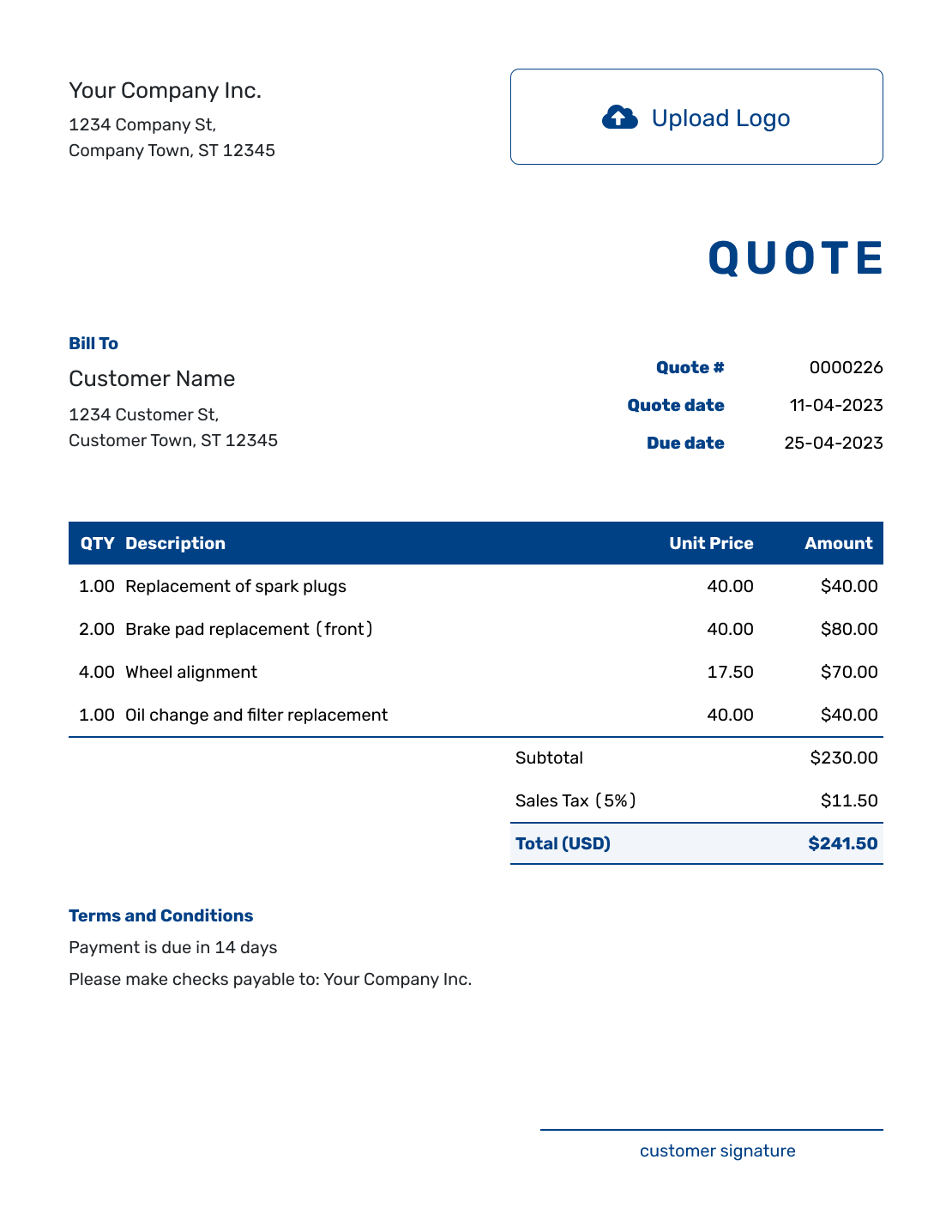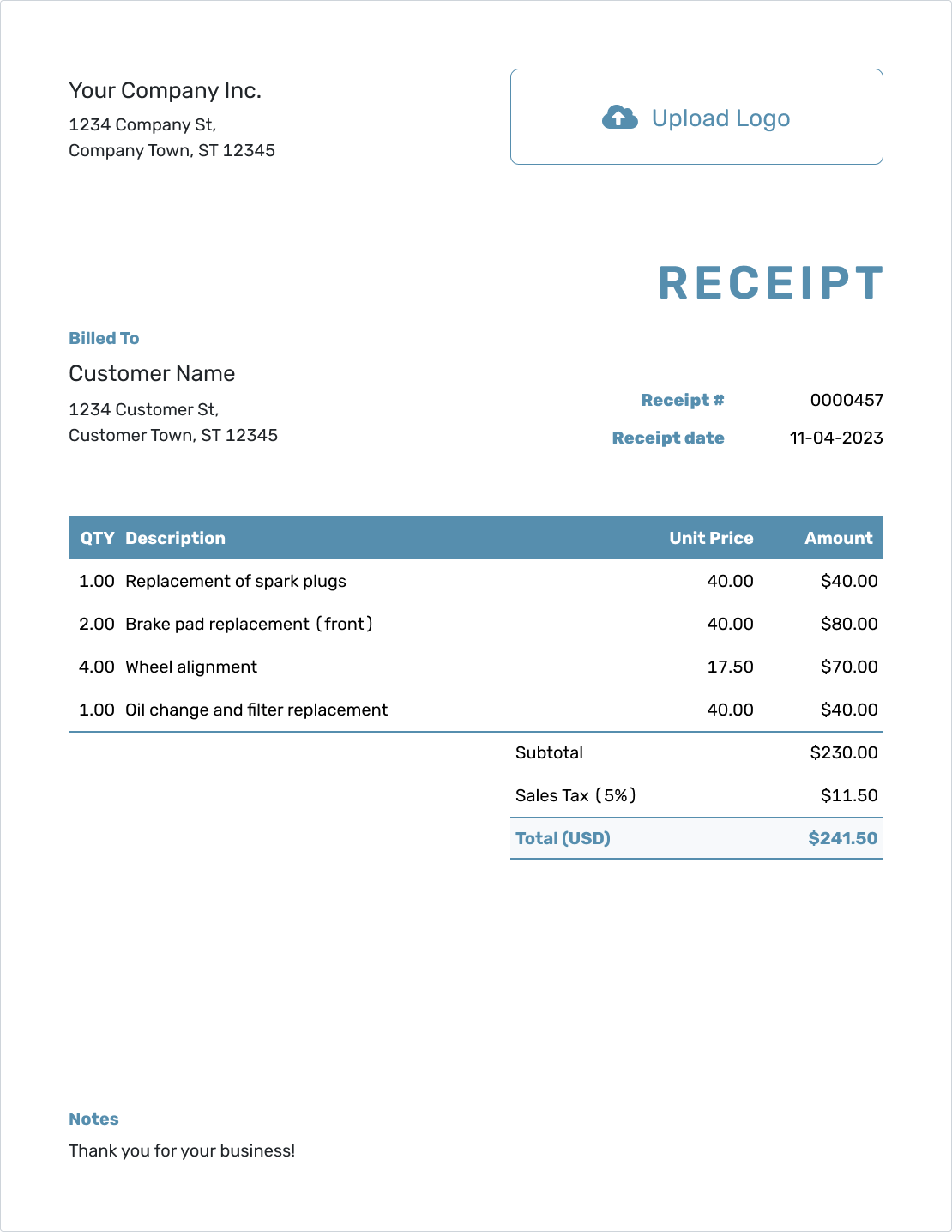Cost of Goods Sold Calculator
Est. reading time: 8 min
Cost of Goods Sold (COGS) is the total cost of all the parts and labor needed to create the products a company sells. This figure is crucial for businesses to calculate because it helps determine gross profit and is vital for tax and accounting purposes.
Also try:
Table of Contents
- Word Definitions
- What is COGS?
- How to Calculate COGS
- Accounting Methods for COGS
- Examples
- Differences Between COGS, Cost of Revenue, and Operating Expenses
- Frequently Asked Questions
- Further Reading
Word Definitions
-
Direct Costs:
Costs that can be completely attributed to the production of specific goods or services. -
Inventory:
The total amount of goods and the materials held in stock by a business. -
Starting Inventory:
The value of all the goods and materials available at the beginning of a financial period for use in production or sale. -
Ending Inventory:
The value of all goods and materials remaining at the end of a financial period, not sold or used in production. -
Purchases:
The total cost of goods and labor acquired during the period to be used for production or sale. This includes raw materials, components, and direct labor costs.
What is COGS?
COGS refers to the direct costs of producing the goods sold by a company. This includes the cost of materials and labor directly used in the creation of the product but does not include indirect expenses such as sales force costs or advertising expenses. Direct costs are those that are essential and integral to the manufacturing process.
How to Calculate COGS
To calculate COGS, you need the starting inventory costs, the cost of any additional inventory purchased during the period, which can include both materials and labor, and the ending inventory. The formula to determine COGS is:
| COGS = | Starting Inventory + Purchases - Ending Inventory |
Accounting Methods for COGS
There are several accounting methods businesses can use to calculate the Cost of Goods Sold (COGS). Each method can affect the financial statements differently, especially in periods of price volatility. Below are explanations of four common methods: FIFO, LIFO, Average Cost, and Specific Identification.
FIFO (First-In, First-Out)
The FIFO method assumes that the first items added to inventory are the first sold. This approach is particularly useful in industries where items are perishable or where it's essential to cycle out older stock first. Under FIFO, in a period of rising prices, the oldest, cheaper goods are recognized as COGS, leading to a higher reported net income compared to other methods.
LIFO (Last-In, First-Out)
LIFO assumes that the most recently added items to inventory are sold first. This method is often used in industries where material costs are rising, as it allows businesses to match their latest costs to revenues, reducing taxable income during inflation. However, LIFO can result in outdated inventory costs on the balance sheet and is not allowed under IFRS accounting standards.
Average Cost Method
The Average Cost Method calculates COGS by averaging the cost of inventory available for sale during the period and then multiplying it by the number of units sold. This method smooths out price fluctuations and is simple to apply, making it popular among businesses with large quantities of similar items in inventory.
Specific Identification Method
This method tracks each item in inventory individually, typically used for high-value items or those with unique identifiers. COGS is determined based on the specific cost of the items sold. While accurate, it requires detailed tracking and is not practical for inventory with many identical items, such as nuts and bolts.
Choosing the right COGS accounting method depends on the business type, inventory characteristics, and financial reporting requirements. It's crucial to consult with a financial advisor or accountant to select the method that aligns best with your business practices and financial goals.
Examples of COGS Calculation
Here are two examples to illustrate how to calculate the Cost of Goods Sold, incorporating both materials and labor costs:
Example 1: COGS for a Bakery
A bakery starts the month with $1,000 in inventory, buys $500 in flour, sugar, and other materials during the month, spends $300 on bakery labor, and ends with $700 in inventory. The COGS would be calculated as follows:
| COGS = | $1,000 + ($500 + $300) - $700 |
This gives a COGS of $1,100 for the month.
Example 2: COGS for a Furniture Manufacturer
A furniture manufacturer has an initial inventory of $20,000, spends $10,000 on wood and other materials, incurs $5,000 in labor costs, and has $15,000 worth of inventory left at the end of the month. The COGS calculation would look like this:
| COGS = | $20,000 + ($10,000 + $5,000) - $15,000 |
This results in a COGS of $20,000.
Differences Between COGS, Cost of Revenue, and Operating Expenses
Understanding the distinctions between COGS, Cost of Revenue, and Operating Expenses is crucial for accurately interpreting a company's financial statements. Each of these terms represents different aspects of business spending, affecting financial analysis and profitability measures.
Cost of Goods Sold (COGS)
COGS refers specifically to the direct costs associated with the production of goods sold by a company. This includes direct materials and labor costs necessary to manufacture a product. COGS does not include indirect expenses, such as distribution costs or sales personnel wages.
Cost of Revenue
Cost of Revenue is a broader term than COGS and is applicable to both goods and services. It includes all direct costs associated with producing goods and delivering services sold by a company during a specific period. For service-oriented businesses, this may include labor costs of personnel directly delivering the service, materials used in providing the service, and overhead costs directly tied to service production.
Operating Expenses
Operating Expenses (OPEX) encompass all costs required to run a business that are not directly tied to the production or creation of goods or services. This category includes marketing expenses, rent, office supplies, and salaries of non-production staff. Operating expenses are crucial for maintaining the day-to-day operations and administration of a business, but they do not directly contribute to the production of the goods or services sold.
In summary, while COGS and Cost of Revenue focus on the direct costs of producing specific outputs (goods or services), Operating Expenses cover the broader operational costs that support the business environment but are not directly tied to production. It's important to separate these costs to understand better the efficiency and profitability of different areas within a company.
Frequently Asked Questions
-
What does COGS include?
COGS includes all direct costs related to the production of goods sold by a business. This includes raw materials, direct labor, and other direct costs like factory overhead expenses directly tied to production.
-
Why is calculating COGS important?
Calculating COGS is important because it affects the gross profit and taxable income of a business. Accurate calculation helps in pricing strategies, managing profitability, and is essential for financial reporting and tax compliance.
-
Does COGS include indirect costs?
No, COGS does not include indirect costs such as sales, marketing, administration, or distribution costs. It includes only those expenses that are directly tied to the production of goods.
-
How does COGS affect taxes?
COGS directly impacts the taxable income of a business. A higher COGS can result in lower taxable income because it is subtracted from the revenue to determine gross profit. This is essential for accurate tax reporting.
-
Can COGS change over time?
Yes, COGS can change due to fluctuations in raw material costs, changes in labor costs, or variations in production efficiency. Market conditions, economic factors, and business decisions also influence COGS.
-
What are the limitations of using COGS?
While COGS is a critical metric for understanding product costs and profitability, it has limitations. Primarily, it does not include indirect expenses such as management salaries, sales force costs, or marketing expenses, which can also significantly impact a company's overall profitability. Additionally, the choice of accounting method (FIFO, LIFO, Average Cost, Specific Identification) can significantly affect COGS, leading to potential distortions in gross profit calculations, especially in periods of inflation or deflation. This means that COGS should be interpreted alongside other financial metrics for a more comprehensive analysis of a business's financial health.
Further Reading
To deepen your understanding of COGS and its impact on business, explore the following resources:
- AccountingCoach - Detailed COGS Overview - This resource offers a comprehensive explanation of COGS, including how it is calculated and its significance in financial reporting. Ideal for beginners needing a broad overview or a quick refresher.
- Investopedia - COGS Explanation and Examples - Provides detailed exploration of COGS, supplemented with practical examples to illustrate the concept. Great for those looking for more in-depth information and real-world application of the theory.
- IRS Publication 538 - Accounting Periods and Methods - Details the various accounting methods and periods businesses can use, focusing particularly on how these choices affect COGS calculations and tax obligations. Crucial for anyone involved in the financial aspects of running a business.
These resources provide valuable insights and guidance that can help both individuals and businesses better understand and manage COGS.





